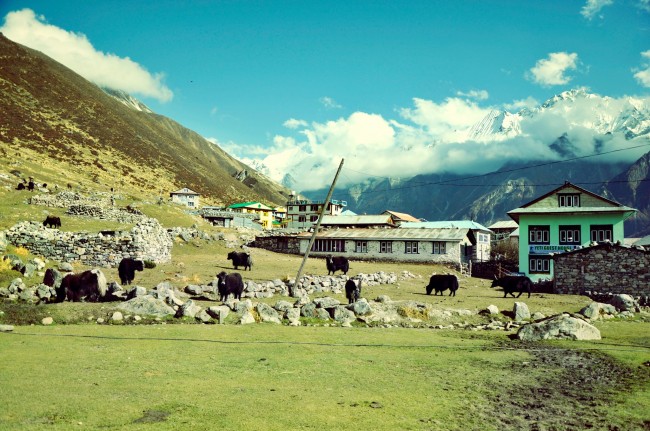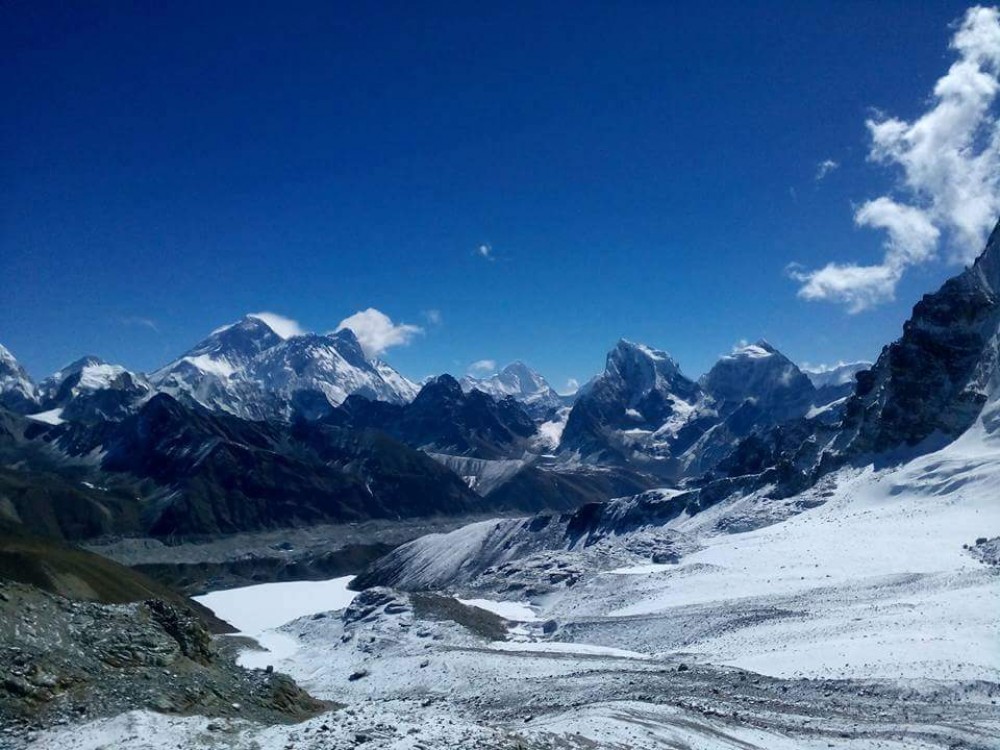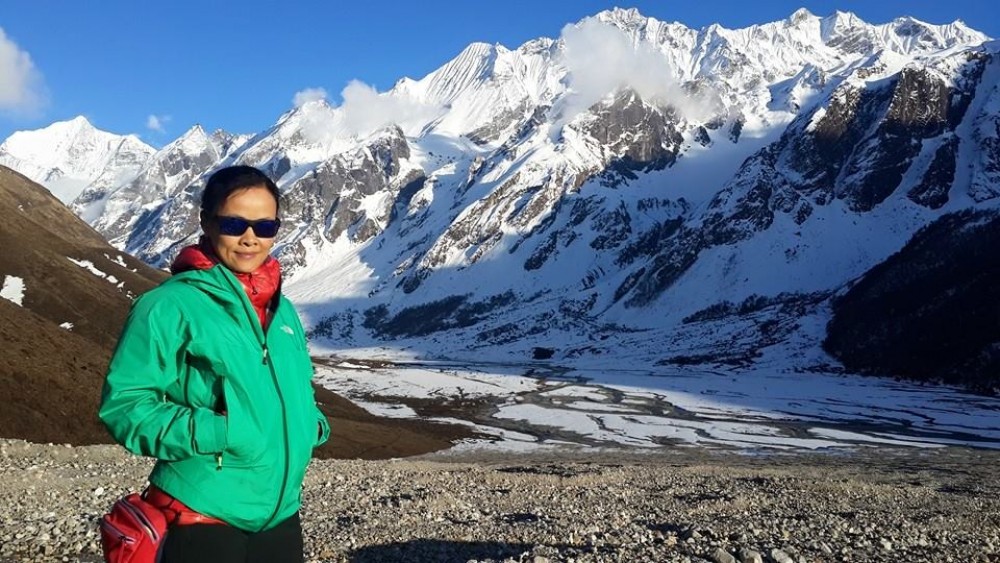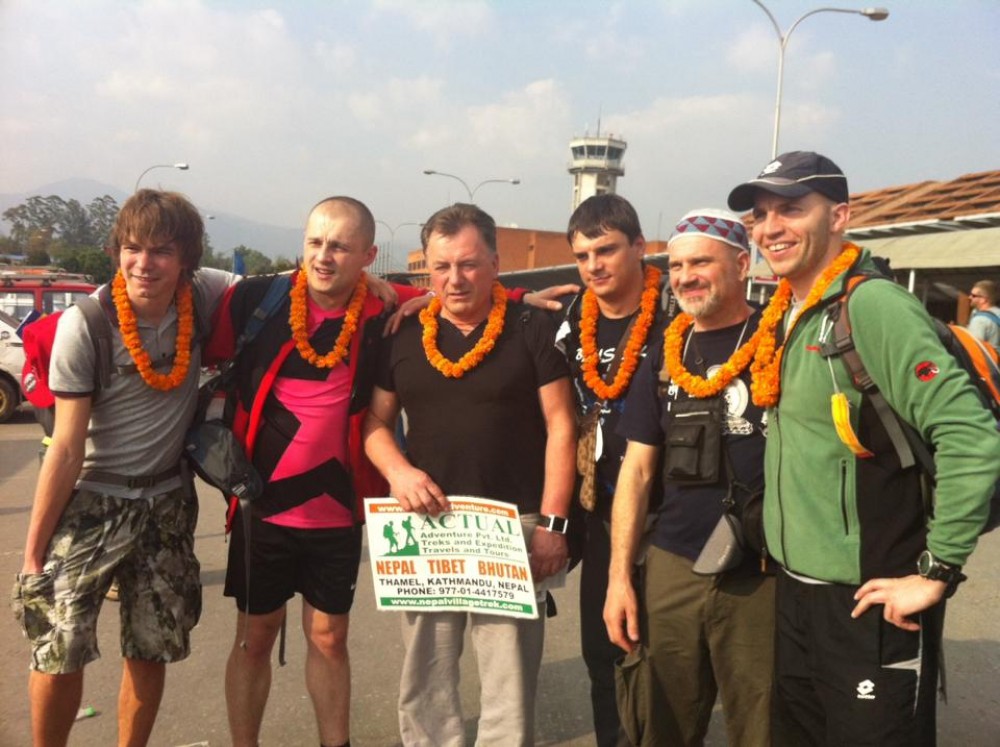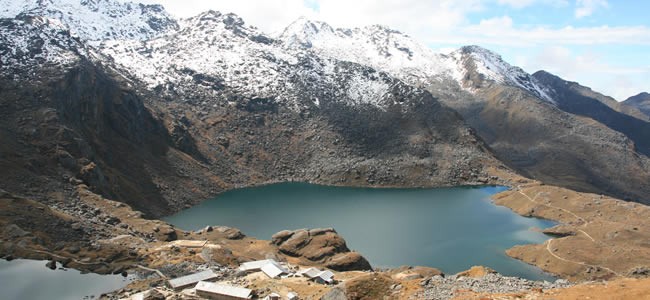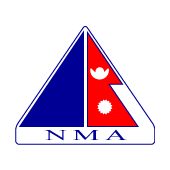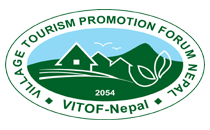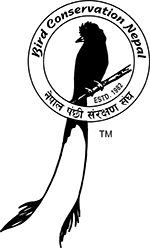Trekking in the Langtang, Gosaikunda, and Helambu regions of Nepal requires careful consideration of clothing and gear due to the varying altitudes and unpredictable weather conditions. It also depends on the season, you are trekking.
Here's a general list of clothing and gear you might need for this trek:
Clothing:
Base Layers:
Moisture-wicking thermal tops and bottoms for insulation.
Insulating Layers:
Fleece jacket or down jacket for warmth during colder days and nights.
Outer Layers:
Waterproof and windproof jacket with a hood.
Waterproof and windproof pants.
Trekking Pants/Shorts:
Lightweight and quick-drying trekking pants for daytime.
Convertible pants can be a versatile option.
T-Shirts:
Moisture-wicking, breathable t-shirts for comfort.
Headwear:
Sun hat with a brim.
Wool or fleece hat for warmth.
Buff or scarf for neck protection.
Handwear:
Lightweight gloves for lower altitudes.
Warmer, insulated gloves or mittens for higher altitudes.
Footwear:
Sturdy, comfortable hiking boots with good ankle support.
Moisture-wicking socks.
Undergarments:
Moisture-wicking and quick-drying underwear.
Gear:
Backpack:
A comfortable and well-fitted backpack with a capacity of around 40-50 liters.
Sleeping Bag:
A four-season sleeping bag suitable for low temperatures.
Trekking Poles:
Adjustable trekking poles for stability and support during descents and ascents.
Headlamp/Flashlight:
With extra batteries, for early morning or late-night walks.
Water Purification:
Water purification tablets or a water filter to ensure safe drinking water.
First Aid Kit:
Basic first aid supplies including altitude sickness medication, blister treatment, and any personal medications.
Sun Protection:
Sunscreen with a high SPF.
Sunglasses with UV protection.
Navigation:
Map and compass or a GPS device.
Camera:
If you enjoy photography, bring a camera to capture the stunning landscapes.
Power Bank:
To keep your electronic devices charged.
Toiletries:
Toothbrush, toothpaste, biodegradable soap, and other personal hygiene items.
Trekking Permits:
Ensure you have all the necessary permits for the region.
Always check the weather forecast before your trek and be prepared for changing conditions.

